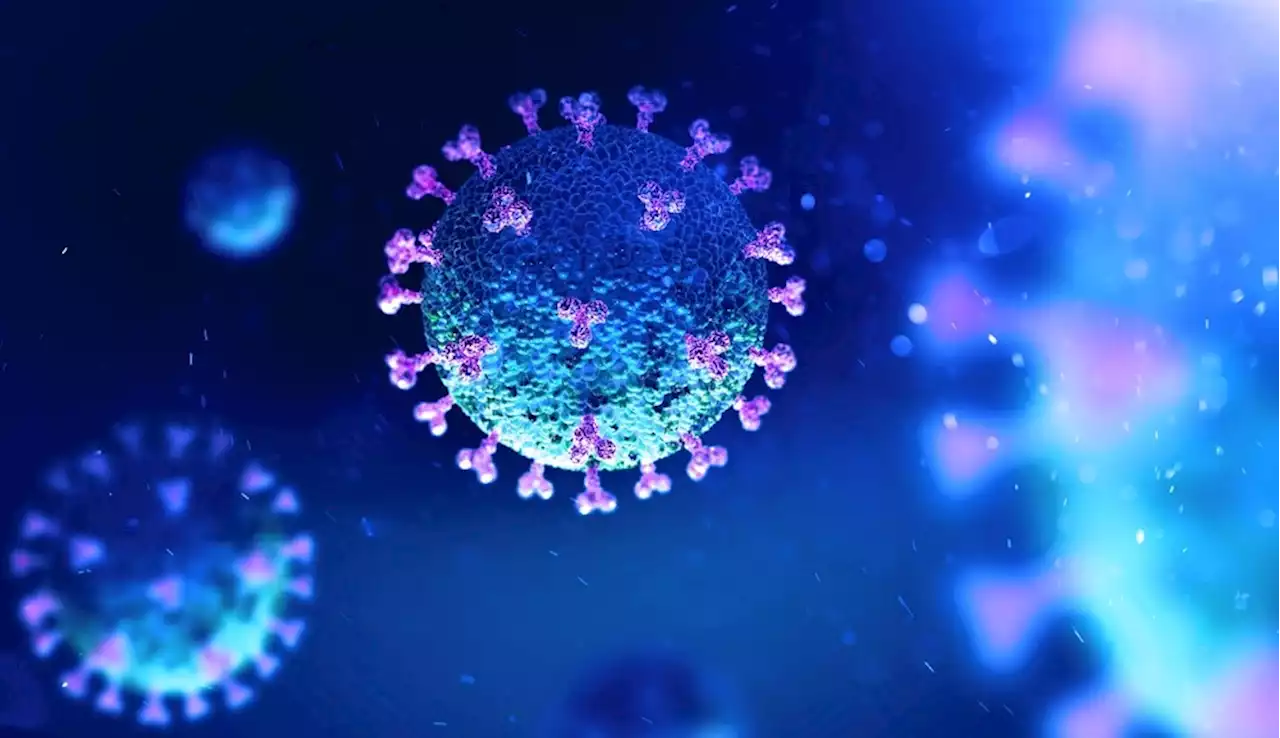Researchers used an interdisciplinary approach incorporating phylogenetics, 3D protein modeling, and plasmid design to identify and computationally design an antigen representing the core of most currently known sarbecoviruses.
By Hugo Francisco de SouzaSep 27 2023Reviewed by Danielle Ellis, B.Sc. In a recent study published in Nature Biomedical Engineering, researchers used an interdisciplinary approach incorporating phylogenetics, 3D protein modeling, and plasmid design to identify and computationally design an antigen representing the core of most currently known sarbecoviruses.
Researchers began by acquiring and compiling phylogenetic sequences from all known human and animal Sarbecovirus sequences from the National Center for Biotechnology Information virus database. Based on ACE-2 receptor interaction, two main clades were identified in their analysis - clade 1 viruses that do not interact with the receptor, and clade 2 that do. They focus on the hCoV-19/Wuhan/IVDC-HB-01/2019 strain of SARS-CoV-2 for future antigen development.
For antigen selection and immunogenicity confirmation, researchers used in vivo screening of Bagg albino laboratory mice infected with SARS-CoV-2 RBD as a DNA immunogen. Flow cytometry was used to confirm the cross-reactivity of the designed antigens against spike proteins representative of SAR-CoV-1, SARS-CoV-2, SARS-like coronavirus WIV16, and bat coronavirus RaTG13.
Finally, researchers conducted challenge studies in homozygous K18-hACE-2 transgenic mice. Since most of the human population has been exposed to SARS viruses either via direct environmental contact or vaccination drives against coronavirus disease 2019 , researchers tested the potential of T2_17 as a booster vaccine rather than a prime vaccine. Homozygous K18-hACE-2 transgenic mice were first primed with AZD1222 , the licensed vaccine most commonly used in COVID-19 vaccination globally.
United Kingdom Latest News, United Kingdom Headlines
Similar News:You can also read news stories similar to this one that we have collected from other news sources.
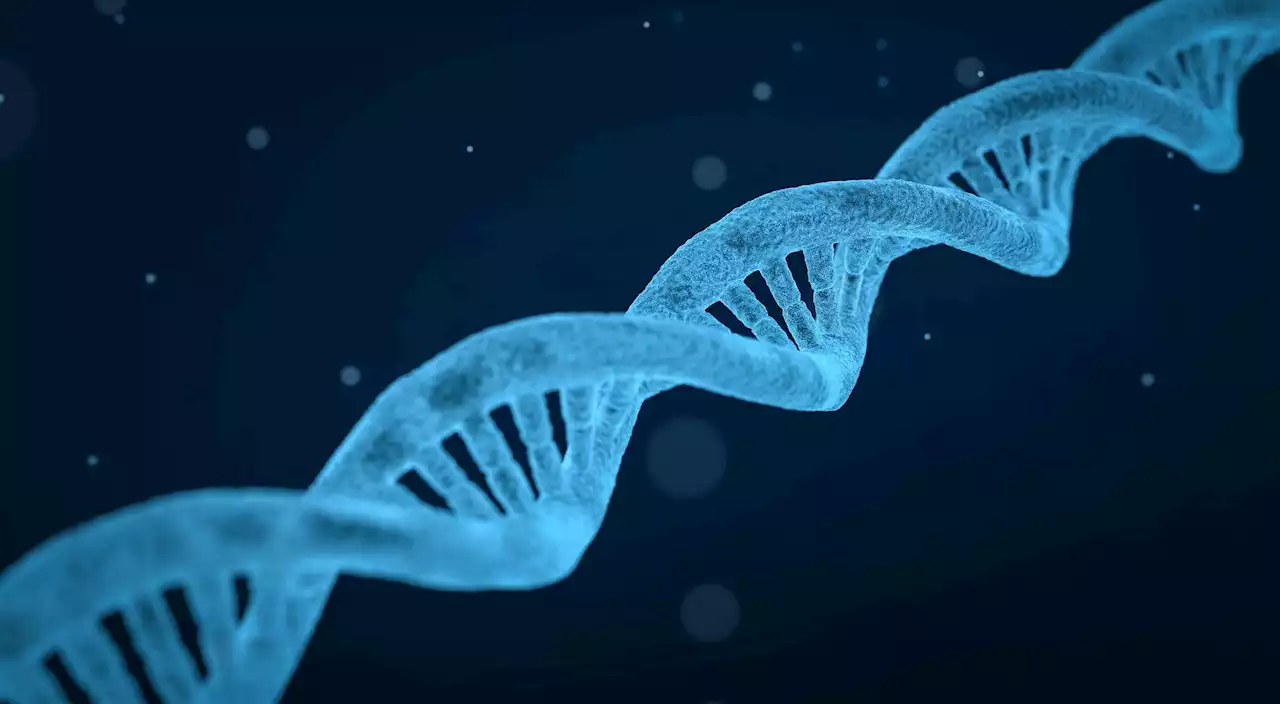 Researchers crack genetic code of rare kidney cancerThe genetic code of a rare form of kidney cancer, called reninoma, has been studied for the first time. In a paper, published in Nature Communications, researchers at the Wellcome Sanger Institute, Great Ormond Street Hospital and The Royal Free Hospital also revealed a new drug target that could serve as an alternative treatment if surgery is not recommended.
Researchers crack genetic code of rare kidney cancerThe genetic code of a rare form of kidney cancer, called reninoma, has been studied for the first time. In a paper, published in Nature Communications, researchers at the Wellcome Sanger Institute, Great Ormond Street Hospital and The Royal Free Hospital also revealed a new drug target that could serve as an alternative treatment if surgery is not recommended.
Read more »
 Researchers develop new method to deliver strong antibiotic drugs more safelyAntibiotic resistant bacteria are a threat to human lives, and yet the development of new drugs to treat bacterial infections is slow.
Researchers develop new method to deliver strong antibiotic drugs more safelyAntibiotic resistant bacteria are a threat to human lives, and yet the development of new drugs to treat bacterial infections is slow.
Read more »
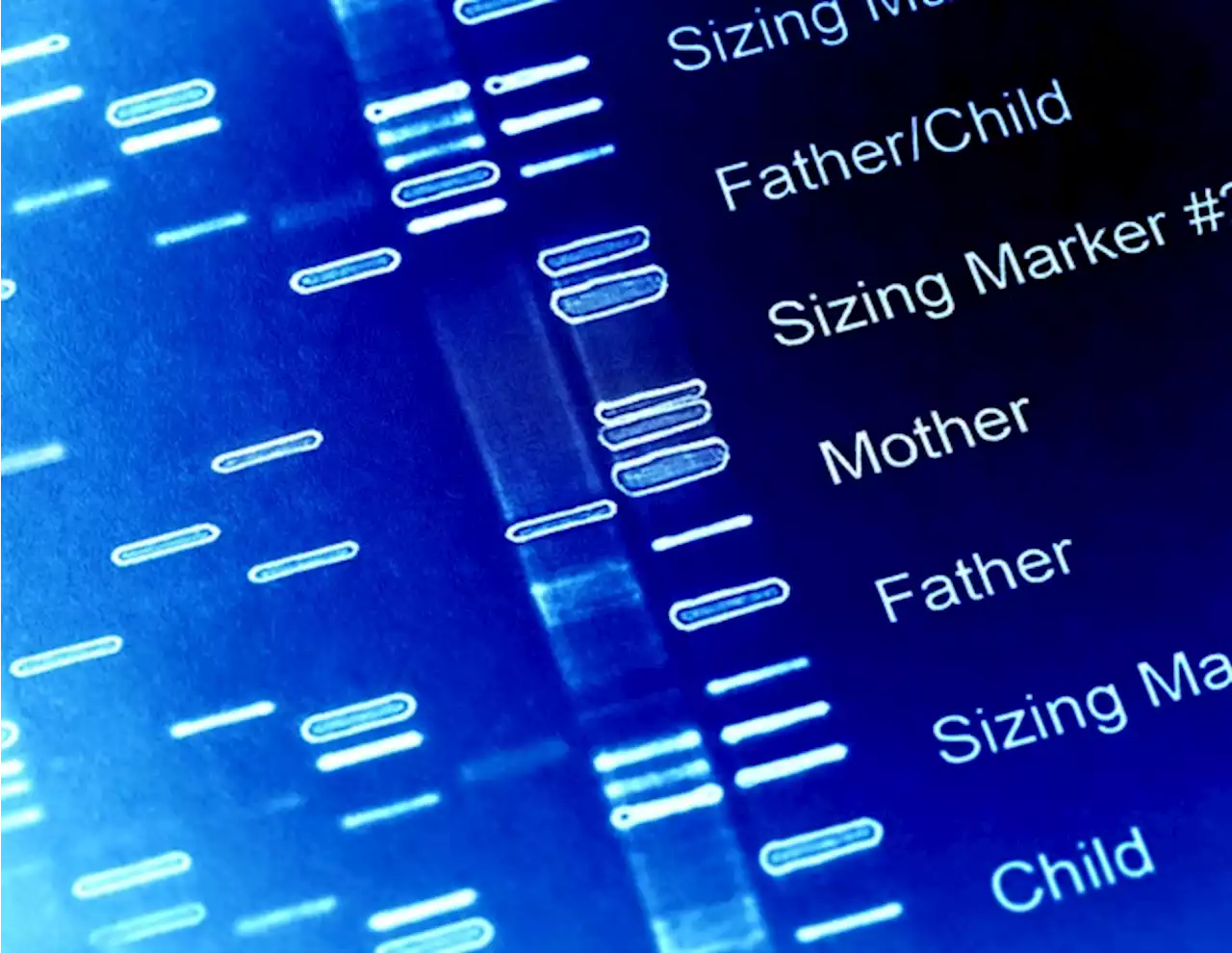 Researchers crack the genetic code of rare form of kidney cancerThe genetic code of a rare form of kidney cancer, called reninoma, has been studied for the first time. In the new paper, published today (25th September) in Nature Communications, researchers at the Wellcome Sanger Institute, Great Ormond Street Hospital and The Royal Free Hospital also revealed a new drug target that could serve as an alternative treatment if surgery is not recommended.
Researchers crack the genetic code of rare form of kidney cancerThe genetic code of a rare form of kidney cancer, called reninoma, has been studied for the first time. In the new paper, published today (25th September) in Nature Communications, researchers at the Wellcome Sanger Institute, Great Ormond Street Hospital and The Royal Free Hospital also revealed a new drug target that could serve as an alternative treatment if surgery is not recommended.
Read more »
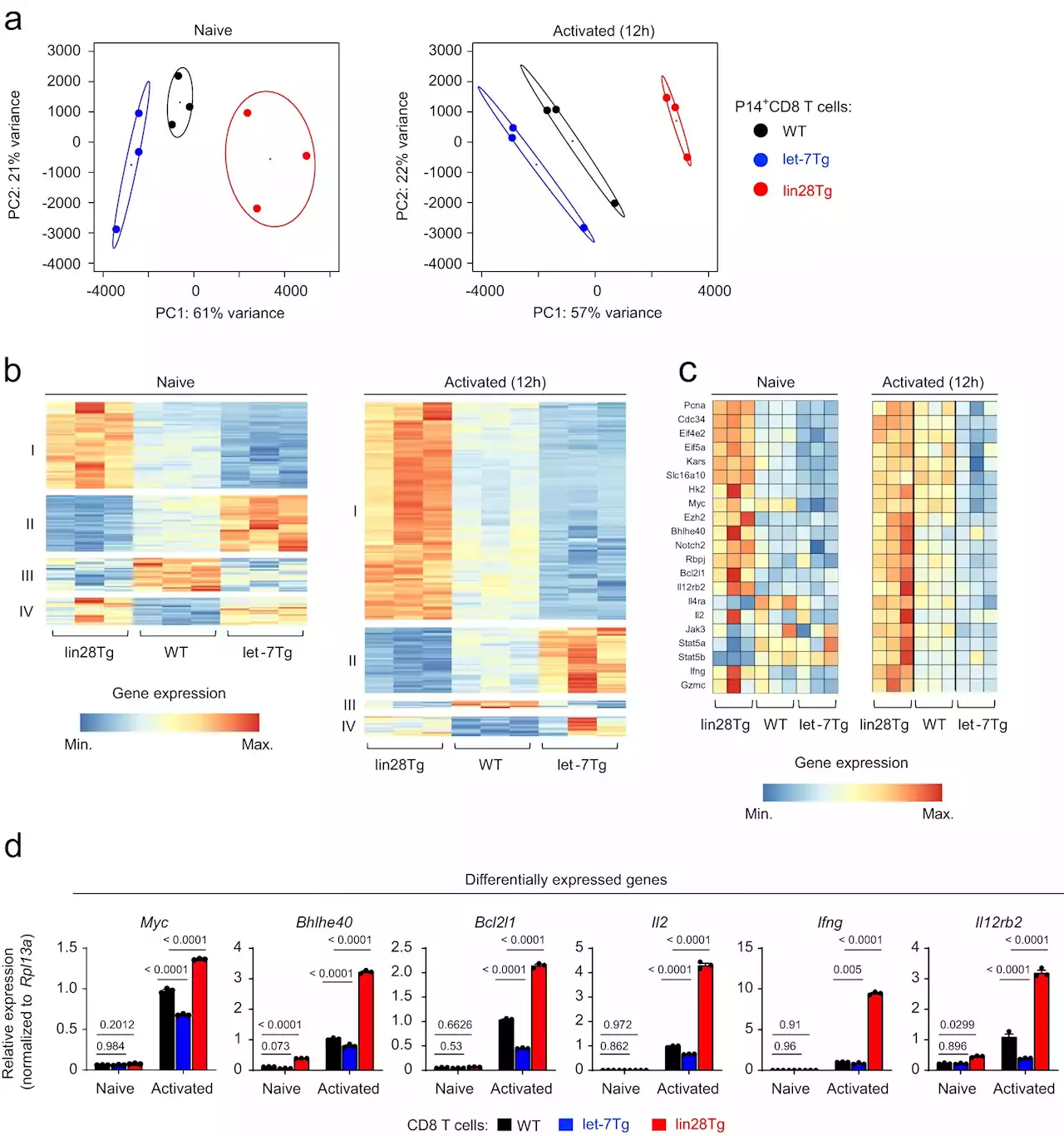 Researchers show how a small strand of RNA is key to fighting cancerA team of researchers at the University of Massachusetts Amherst has shown that a single, small strand of microRNA, or miRNA, known as let-7, governs the ability of T-cells to recognize and remember tumor cells. This cellular memory is the basis for how vaccines work. Boosting cellular memory to recognize tumors could help improve cancer therapies.
Researchers show how a small strand of RNA is key to fighting cancerA team of researchers at the University of Massachusetts Amherst has shown that a single, small strand of microRNA, or miRNA, known as let-7, governs the ability of T-cells to recognize and remember tumor cells. This cellular memory is the basis for how vaccines work. Boosting cellular memory to recognize tumors could help improve cancer therapies.
Read more »
 Medical researchers tackle immune rejection of biomedical implantsTo learn more about what causes the body to reject biomedical implants, a team at the University of Arizona College of Medicine-Tucson identified a protein that appears to help drive this response, and hopes their discoveries will improve the design and safety of biomedical implants. The findings were published today in Nature Biomedical Engineering.
Medical researchers tackle immune rejection of biomedical implantsTo learn more about what causes the body to reject biomedical implants, a team at the University of Arizona College of Medicine-Tucson identified a protein that appears to help drive this response, and hopes their discoveries will improve the design and safety of biomedical implants. The findings were published today in Nature Biomedical Engineering.
Read more »
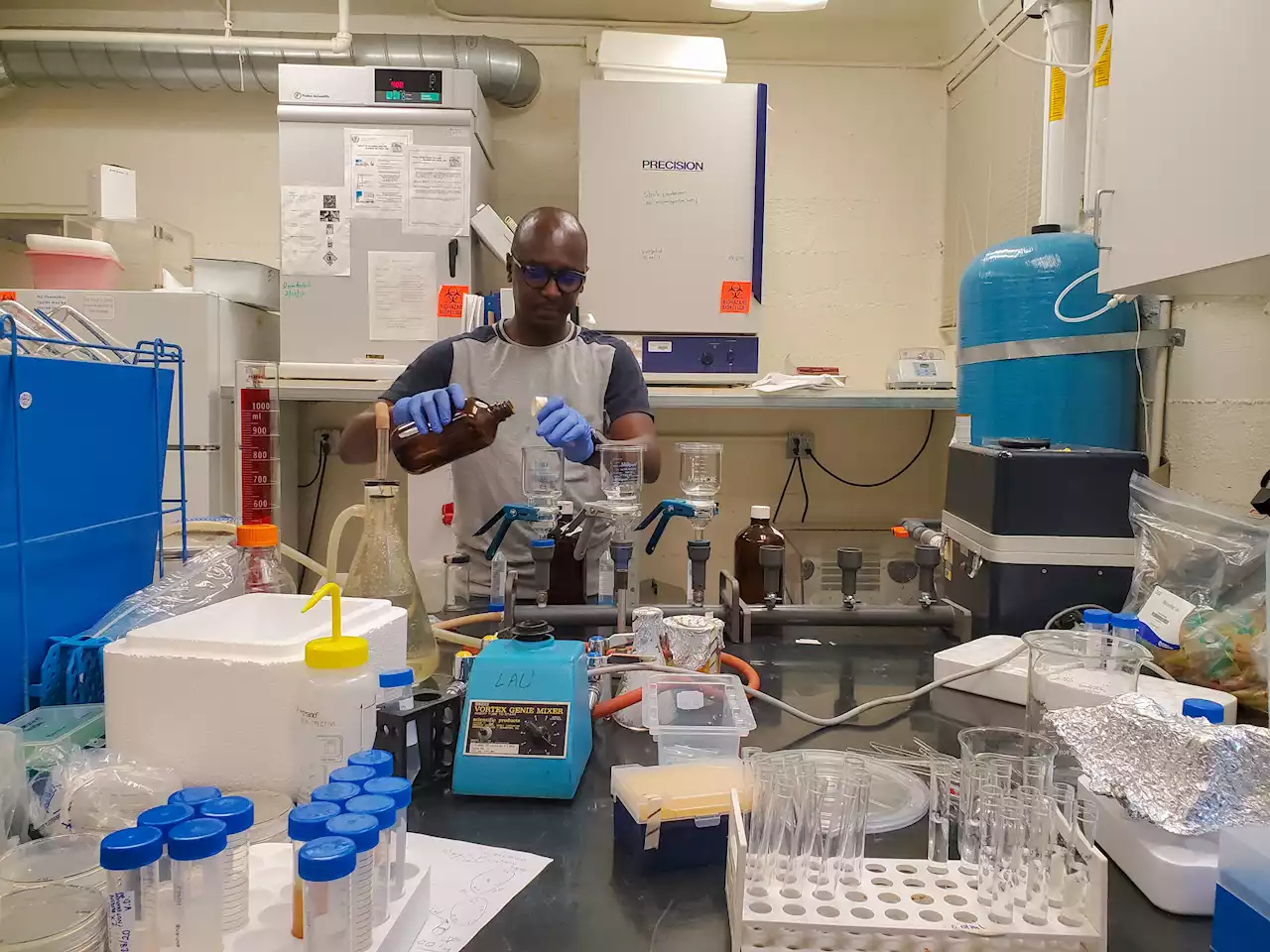 Researchers find contaminated water in fast-food soda fountainsLoma Linda University (LLU) researchers found microbial contamination in common sources of drinking water in the Eastern Coachella Valley, including soda fountains at fast-food restaurants. Their findings revealed that 41% of the water samples researchers collected from these soda fountains contained total coliforms, an indicator of water contamination.
Researchers find contaminated water in fast-food soda fountainsLoma Linda University (LLU) researchers found microbial contamination in common sources of drinking water in the Eastern Coachella Valley, including soda fountains at fast-food restaurants. Their findings revealed that 41% of the water samples researchers collected from these soda fountains contained total coliforms, an indicator of water contamination.
Read more »
